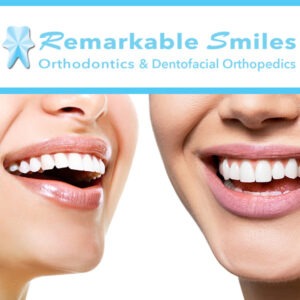Should You Get Invisalign Braces?
For many, Invisalign braces may seem like the obvious choice. These clear plastic aligners correct your smile without the awkward, painful-looking appearance of traditional metal braces. Despite this, there are reasons why many customers still choose the traditional, time-tested methods over the modern innovations of clear aligners such as Invisalign braces. It’s wise to consider what you want from your braces before committing to one option for several years.

The strength of traditional braces lies in their effectiveness. As you may know, these consist of clear or ceramic braces or lingual braces (braces behind your teeth), metal brackets and wires tightened horizontally across teeth. These continuously apply pressure, changing the shape of your smile. They may not be the most comfortable or convenient, but it is undeniable that they work. Traditional braces are not removable. Therefore, patients who lack the discipline to keep wearing their Invisalign braces and to change their aligner trays may experience better results with traditional braces. You can also find much more affordable traditional braces, as opposed to Invisalign braces, which usually cost around $5,000.
However, Invisalign braces also have their own appeal. They are clearly more aesthetically pleasing than traditional braces, with a clear, “invisible” appearance. Furthermore, they are more convenient for eating because you can easily remove Invisalign braces before every meal. They are also generally more comfortable and less painful than the tight brackets of traditional braces. The biggest downside to Invisalign braces is that not every customer will be compatible with their shape.
Unlike traditional braces, Invisalign braces are not capable of correcting certain dental issues such as severely rotated teeth or large gaps. Also, some patients may have tooth shapes that do not fit into Invisalign braces’ design. Patients who have undergone recent dental work may also find Invisalign braces inadequate for their orthodontic treatment.
For this reason, customers considering Invisalign braces should consult with a trained dental or orthodontic professional before proceeding with treatment. Your orthodontist should examine the shape, alignment, and treatment history of your teeth before advising you on the best course of action. For those with severe alignment issues, traditional braces may be the most suitable option.
